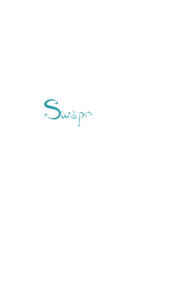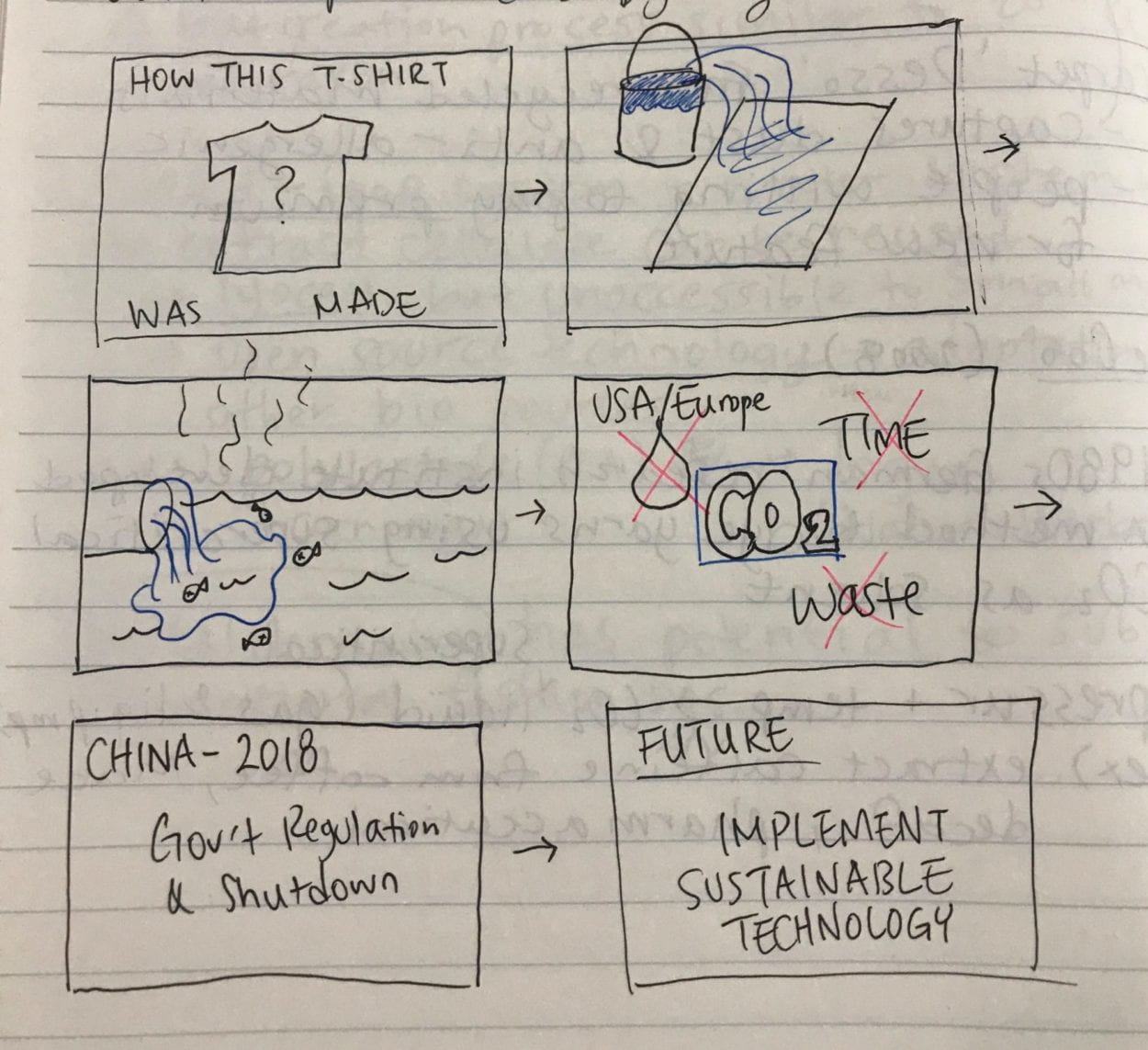Date: 03-11-2019
Partners: Gabriel Chi & Xiaoyan Kong
Analysis of Documentary: “The Next Black – A Film about the Future of Clothing“
The documentary is intended to inspire the audience in terms of the ways that the fashion industry could be improved during the design, production, and maintenance process. For each of the six chapters, a designer or an innovator is invited to talk about a specific topic. The six topics are: Merging Fashion & Tech, Smart Clothes, Brewing Sustainable Fabrics, Fast Fashion, Dyeing without Water, and Fixing Things. From six different perspectives, the chapters open my eyes to the possibilities of how future clothing could be more interesting, technological, and environmentally-friendly.
The first two chapters, which I specifically chose to present in class, were the ones that I was most interested in – especially the first one. Nancy Tilbury from Studio XO, a garment design studio that is dedicated to creating interactive and evolving clothing, said that they designed clothes for artists such as Arcade Fire, The Black Eyed Peas, and Lady Gaga. These artists happened to be some of my favorite ones, and they each had their time and made great impact on the popular music industry. Back in 2009, The Black Eyed Peas and Lady Gaga brought pop music into the era of EDM, aka electronic dance music, and that was the time that I started to learn about these things. This very much relates to what I think of fashion – a way of self-expression and display of identity. I was reminded of when I watched the video of “Poker Face” for the first time, how Gaga walked out of the swimming pool in her latex skintight dress, and how she wore a pair of glasses with a electric display saying “GAGA” in another scene. Some people didn’t understand her and called her a weirdo for her unorthodox sense of fashion. Indeed, she wanted attention, which was part of the reason why she dressed herself that way, but looking back, nobody could deny what she did was pioneering and trendsetting. She created her own language and narrative to have a say in the industry, by infecting the world with her fashion. The video for “Boom Boom Pow” by The Black Eyed Peas was iconic as well. No wonder these artists are the perfect collaborators for Studio XO. They are not afraid to shock the world with their fashion & tech, and that is essentially how popular culture and fashion industry are constantly influencing and boosting each other.


